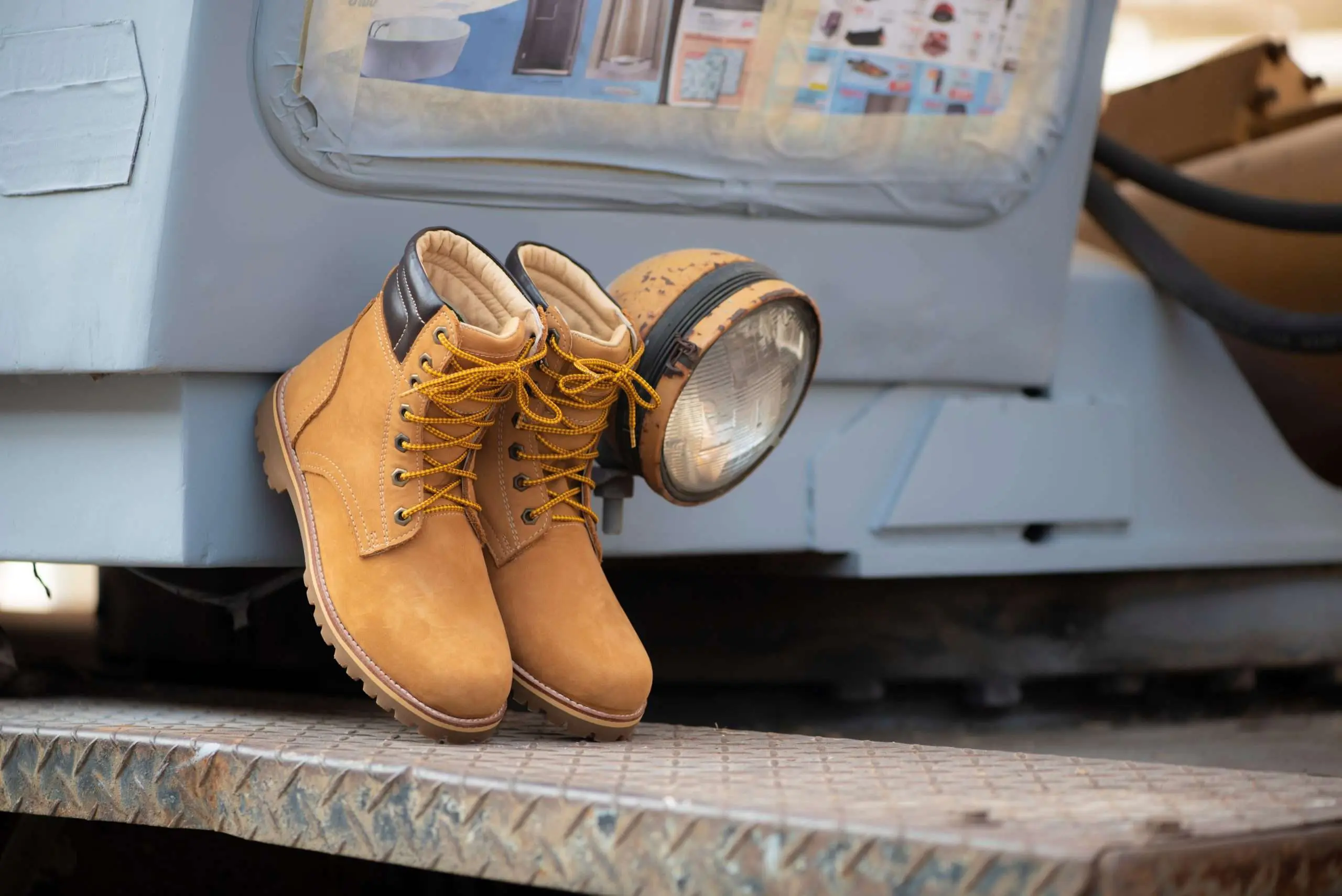
We all know that a sedentary lifestyle, if not countered by frequent intervals of physical activity, may be harmful to one’s health. While it appears that working in a field that encourages mobility is beneficial for your health, it is critical to ensure that your feet are comfortable so that lengthy periods of standing do not result in pain or fatigue. When working in a standing position, the muscles and ligaments of the leg are frequently used, therefore choosing shoes that promote proper posture and alignment is most important.
Wear shoes that fit your foot
Choosing the correct shoes for your work necessitates taking into account your morphology as well as the characteristics of your foot. We generally examine the shoe’s size, but we must also consider its width, flexibility, and ease of usage.
Take the time to make sure the shoe size suits you to avoid the discomfort and pathologies that can result from wearing the wrong shoes. The toes should be allowed to move freely in a comfortable work shoe, and the foot should not be compressed. You should be able to flex your toes appropriately yet feeling comfortable with the arch of your foot. You should be able to insert a finger inside the shoe at the rear of the heel with your toes straight to see whether it fits. If the shoe’s sole can be removed, you can compare the size and width of your foot to it.
Do not be afraid to walk around in the shoes for a few minutes; this will help you prevent any pain.
If you have to stand for long periods of time on hard surfaces, an absorbent sole with sufficient thickness can help you absorb the shocks. Avoid shoes with hard or flat bottoms, and pay attention to the heel width. It should neither be very high or excessively low. Shoes with heels of approximately a third to a quarter of an inch are often suggested because they support the foot without emphasizing the arch.
If you spend a lot of time on your feet, consider foot orthotics
Foot orthotics may be a useful option if working on your feet for lengthy periods of time causes foot or back pain despite careful footwear selection.
Moreover, a profession that forces you to stand for long periods of time can cause foot abnormalities, which can lead to musculoskeletal alignment issues. Misalignment of the rear limbs can cause knee and back discomfort, as well as conditions including acquired flat feet, hallux valgus (also known as a foot bunion), and plantar fasciitis (damage to the fibrous tissue that supports the arch of the foot).
Following a visit with a podiatrist, you will be able to choose which form of foot orthosis is appropriate for you. Orthotics have the benefit of being simple to use and may be placed into your work shoe to increase comfort. Foot orthotics help to straighten your foot and minimize discomfort when used in conjunction with rehabilitation activities.
Use steel-toed shoes
While being active at work might be beneficial, some jobs provide a greater risk of injury. Steel toe shoes, for example, are required in the construction industries to prevent heavy items from striking your feet.
Because of their unique role, it is also required to examine their compliance with the CAN/CSA-Z195-02 standard in addition to the above-mentioned selection criteria. This standard considers the adhesion and flexibility of the soles, the protection of the foot’s bones, shock and puncture resistance, and conductivity (against electrical shocks).
Depending on your employment, some will cover your entire foot while others may only protect a portion of it. Because they are shoes that might weigh more than a street shoe, make sure you pick them based on the trips you will be making during the day.
Why consult a podiatrist before choosing your work shoes?
The FootNetwork association of foot health specialists can examine your feet while taking into consideration your work environment as well as any inherited or acquired disorders. Please do not hesitate to get in touch with them right away.